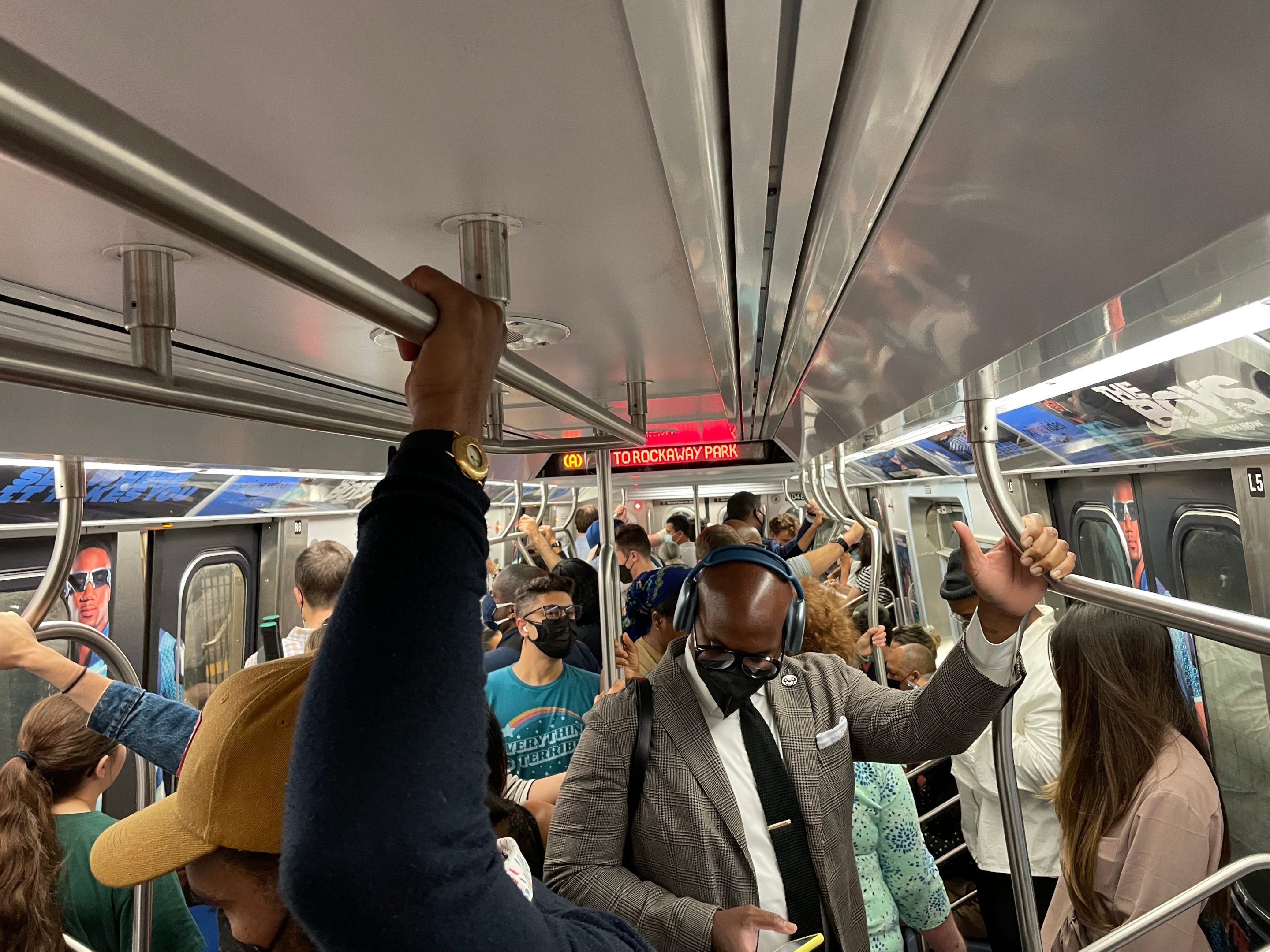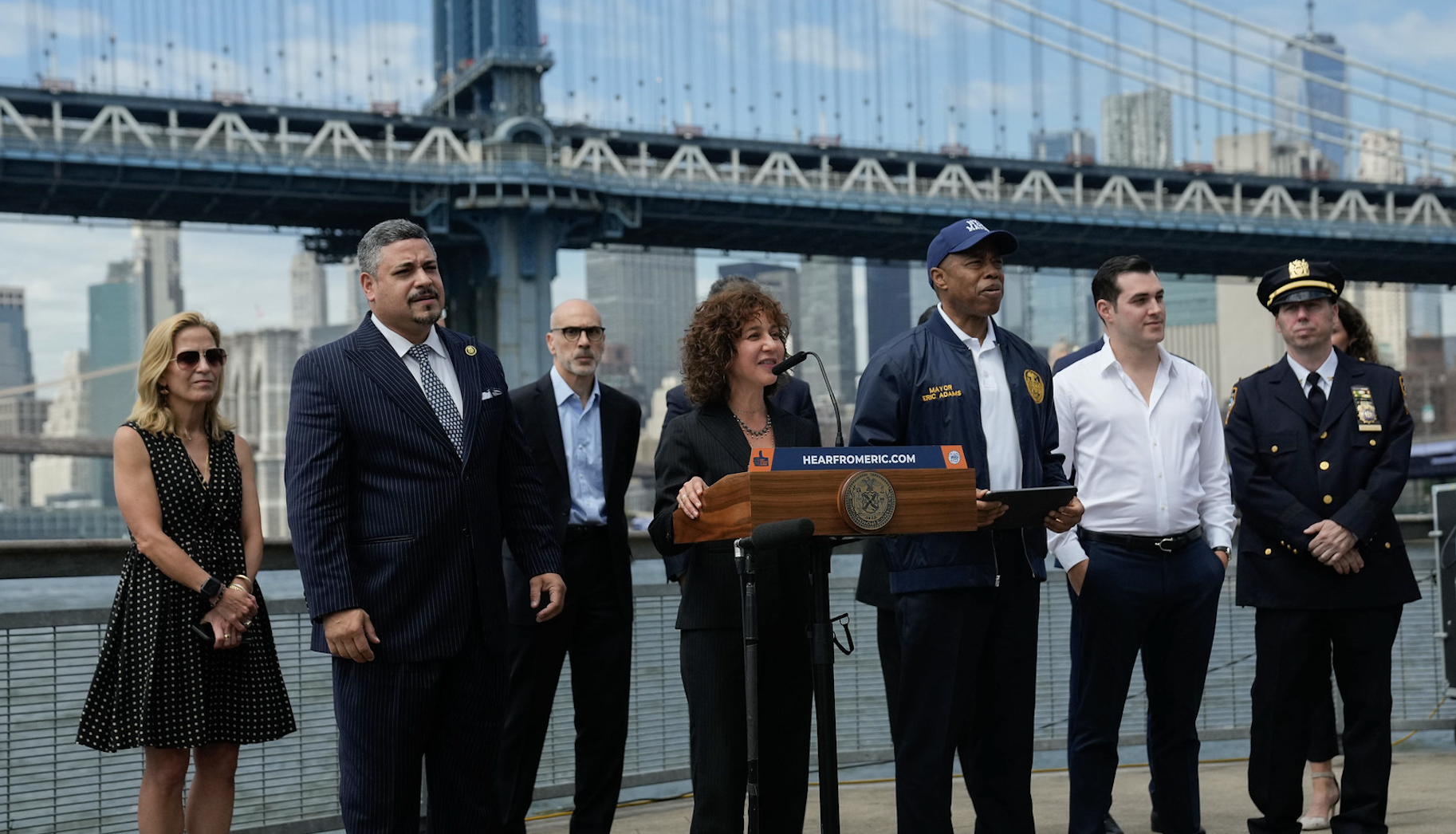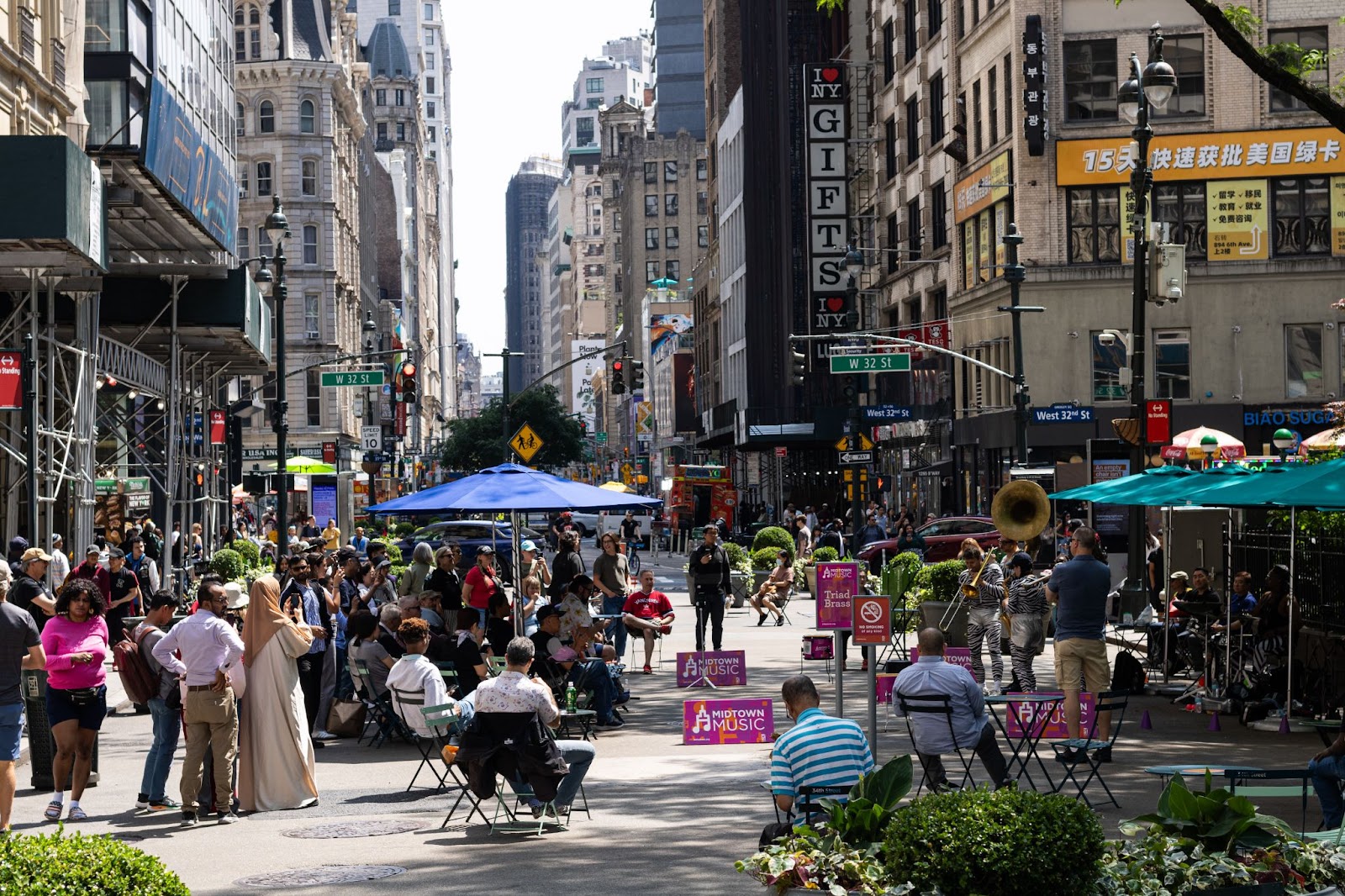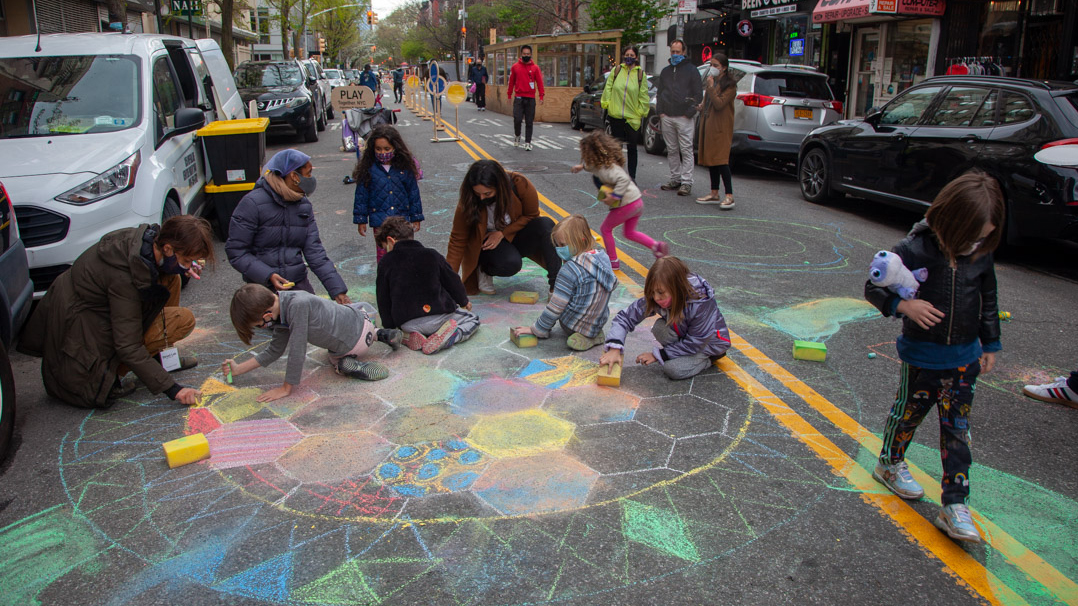The MTA has left Twitter, but the platform may yet have a future for straphangers (beyond being a thing to stare at instead of staring at ads featuring Quentin Grimes for Giorgio Armani).
A new account — @MTA_Alerts_Bot — is attempting to fill the void after the MTA announced last week it would no longer post service alerts and information on the Elon Musk-owned site. The bot by Will Davis, who also runs the @YIMBYLAND Twitter account, works much in the same way that the MTA's different accounts for its various services formerly did — providing real-time service updates directly from the MTA mainframe to let riders know why their train is delayed.
Transit officials decided to pullback from Twitter after the company asked them to pay $50,000 per month to use the site's application programming interface, or API, which allowed the agency to issue automated real time service alerts to riders. The MTA will still use Twitter to respond to rider questions and complaints, but the move nevertheless frustrated riders, including Davis, who said he was happy to step up when government stepped back.
"I really wanted to try to keep this kind of service running because it's convenient and a lot of people were bummed that the MTA was stopping it," he said. "Plus, I think it's just really badass anytime someone swoops in for some guerrilla urbanism and this was the perfect fit for my skillset as a software engineer and something that I'm actually passionate about."
Northbound [A][C][F] trains are running with delays after NYPD responded to a person being disruptive on a train at W 4 St-Wash Sq.
— MTA Service Alerts (@MTA_Alerts_Bot) May 2, 2023
Davis's new automated alert account works by pulling data from the MTA's General Transit Feed Specification (GTFS), a database that transit agencies upload their data onto, which can then be used by programmers on their own projects, he said.
When Twitter broke its API into tiered pricing levels, it offered three options — free basic service, a $100 per month service for up to 50,000 posts per month, and a more expensive "enterprise" tier that would cost tens of thousands of dollars per month. Davis said that he's able to run his account on for $100 per month because he only provides updates about subway service, while the MTA also operates accounts for its buses and commuter rails.
Unlike the MTA, which can reply to individual riders with questions about how to get around or provide alternate routes, the bot's communications are limited to what the agency puts in its GTFS feed.
"The tweet limits on the 'basic' level of API access gives me just enough to be able to post the subway alerts, but if I wanted to add busses as well I would run into the tweet limit very quickly. But honestly, there are so many bus lines that they feed would just be a firehose of alerts," Davis said.
The alerts bot also provides an important resource for anyone who wants an easy way to collect data on what type of incidents are happening on the subway — reviving the role of automated alerts in providing a trail of real-time information on exactly what was causing issues service issues. It's unclear what will replace that firehose of transparency,
"Government agencies don’t have a requirement to be on certain private platforms," said Reinvent Albany Senior Research Analyst Rachael Fauss. "The MTA responds publicly to customer service complaints via Twitter. Moving it to a different platform means you’re not going to see public responses to service problems in the same way. They have used Twitter to explain why train service is hung up, why particular cars have problems. You’d not getting a window into those things when it’s all went through closed platforms."
As it happens, Davis isn't even a New York City resident any more — having moved to Austin after five years in the city. But he still has a passion for transit, and does have a favorite train line he used to ride.
"My favorite line and the one that I used the most was the Q," he said. "I lived in Yorkville for the first few years and was spoiled by the beautiful (and infamously expensive) Second Avenue subway."
Additional reporting by David Meyer






